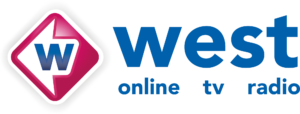It’s happening all around
During the last three years, it has become more and more easy to find examples of good dialogue-based journalism to showcase in class. Simply because more and more media are doing it and are getting more experienced with it – or at least so it seems. Some are all in and seem on a quest to re-invent the relationship between newsroom and audience, while others have simply expanded their everyday tool box when it comes idea development, research, production or distribution. Below is a list of some of the frontrunner media in this field that we look into for inspiration and good examples.



